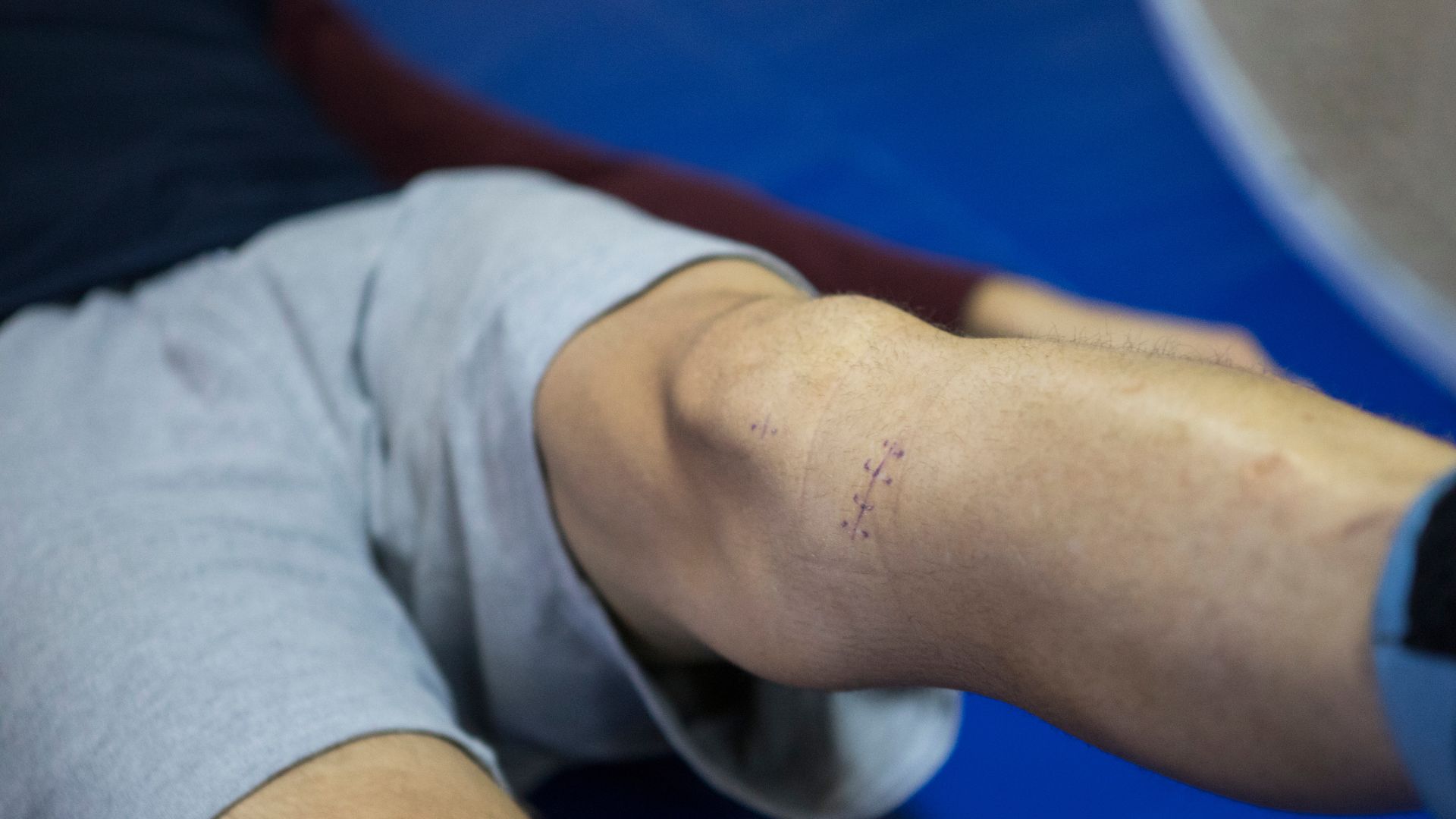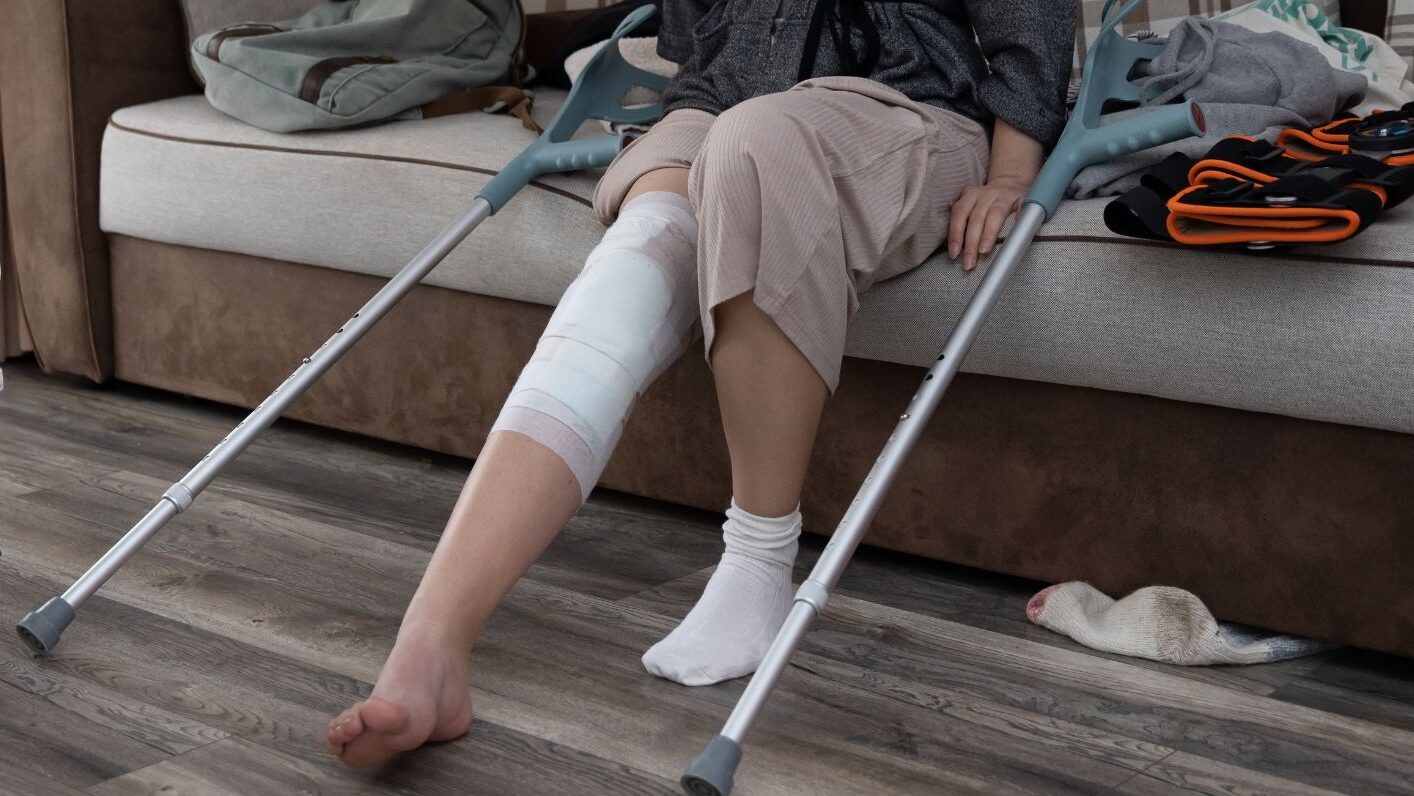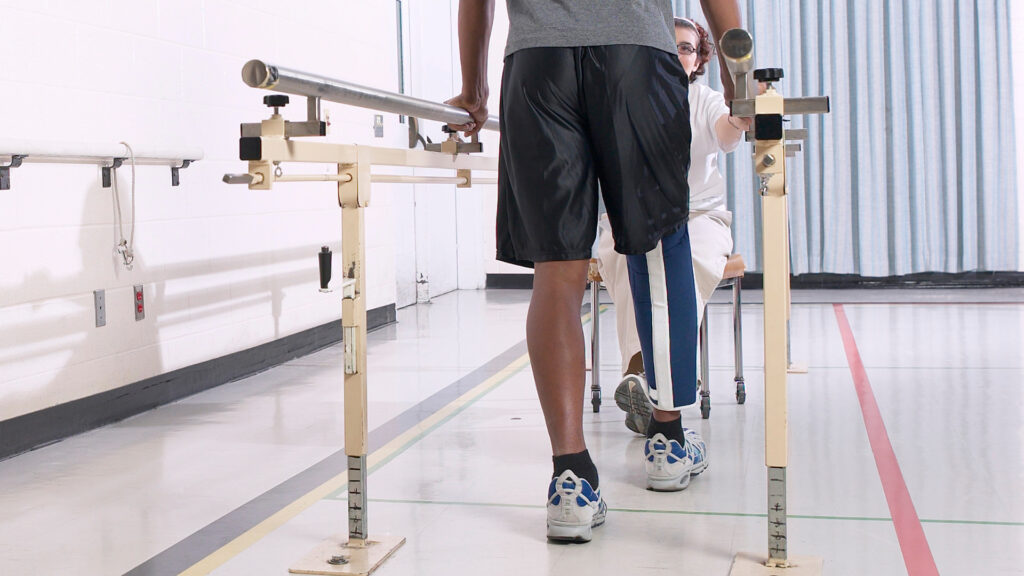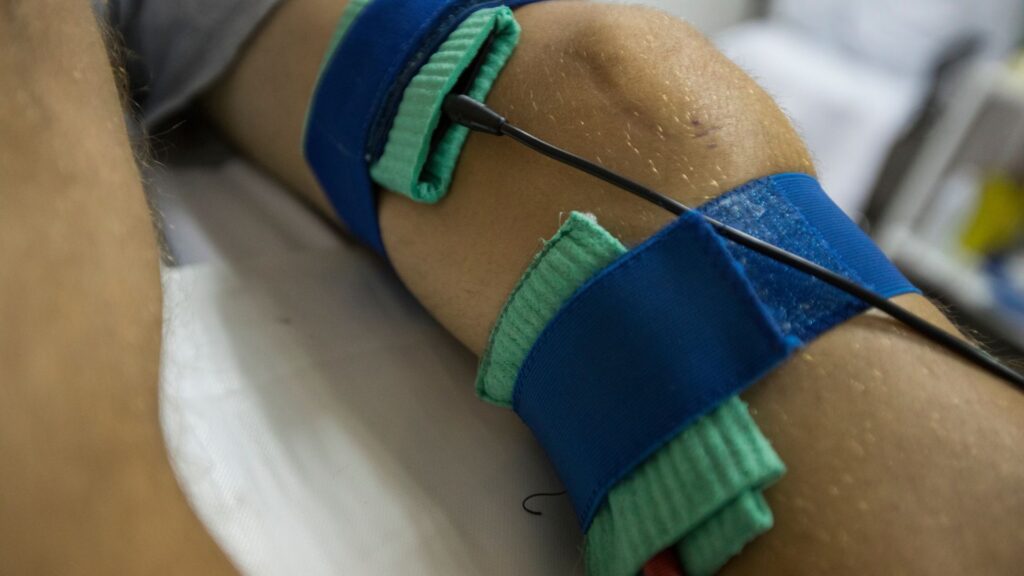
Deciding whether to undergo ACL surgery is a pivotal moment for anyone who has experienced this injury. Traditionally, surgery has been the go-to option, but recent research sheds light on alternative paths to healing.
In this blog, we’ll explore the factors to consider when making this decision, from your personal goals to conservative treatments and surgical options.
To Have Surgery or Not? Consider Your Goals!

The first step in determining whether ACL surgery is right for you is to assess your goals. If your ambition is to compete at a high level in sports, especially at the collegiate or professional level, surgery is often recommended. The stability provided by a reconstructed ACL is crucial for optimal performance, particularly in activities requiring cutting, jumping, and landing. However, if your aspirations lean more towards recreational activities or non-competitive sports, conservative treatment may be a viable option. Before deciding if surgery is the right way for you, consider these detailed pros and cons of ACL surgery.
Pros
- Restoration of Stability: ACL reconstruction surgery restores stability to the knee joint, reducing the risk of giving way or instability during physical activities such as sports.
- Improved Function: Surgery can often lead to improved function and range of motion in the knee, allowing individuals to return to their desired level of activity with greater confidence.
- Prevention of Further Damage: Repairing or reconstructing the torn ACL can prevent additional damage to the knee joint, such as meniscal tears or cartilage damage, which may occur due to continued instability.
- Long-Term Success: ACL surgery has a well-established track record of long-term success, with many individuals experiencing significant improvements in knee function and stability even years after the procedure.
Cons
- Recovery Time: ACL surgery typically requires a lengthy recovery period, ranging from 6 to 12 months or more, during which individuals may need to abstain from certain activities and undergo extensive rehabilitation.
- Potential Complications: As with any surgical procedure, there are risks of complications such as infection, blood clots, and adverse reactions to anesthesia. Additionally, there is a small risk of graft failure or re-tear of the reconstructed ACL.
- Cost: ACL surgery and post-operative rehabilitation can be expensive, especially for individuals without adequate health insurance coverage. Costs may include surgery fees, hospitalization, rehabilitation sessions, and post-operative medications
- No Guarantee of Return to Previous Level: While many individuals are able to return to their previous level of activity following ACL surgery, there is no guarantee of complete recovery or the ability to participate in high-impact sports at the same intensity as before the injury.
Consider Prehab and Conservative Treatment
Prehabilitation, or prehab, plays a significant role in both pre-surgical preparation and conservative treatment approaches. By engaging in prehab exercises, individuals can regain strength and function in their quadriceps and overall knee stability. Some patients may find that after successful prehab, the need for surgery diminishes, aligning with their goals of maintaining an active lifestyle without the demands of competitive sports.

Conservative care entails a dedicated regimen focused on strengthening the knee, hip, and core muscles to support stability and mobility. This approach is suitable for individuals who opt out of surgery but remain committed to managing their condition long-term. This is done best with the help of experts in physical therapy specifically in ACL injury. Conservative care primarily focuses on two main things:
Symptom Management
Learning how to manage symptoms is essential for anyone pursuing conservative treatment for an ACL injury. Bad days are inevitable, but having strategies in place to alleviate pain and swelling can make a significant difference. This proactive approach allows individuals to navigate fluctuations in symptoms while maintaining their commitment to recovery.
Partial Tears
For individuals with partial ACL tears, conservative care combined with regenerative treatments like PRP injections or stem cell therapy may offer a viable alternative to surgery. However, the decision to forego surgery should again align with one’s goals and expectations for physical activity. Those aspiring to compete at higher levels may still benefit from surgical intervention to ensure optimal knee stability and function.
ACL Surgery Options: Reconstruction vs. Repair
When surgery is deemed necessary, individuals are faced with the choice between ACL reconstruction and repair. It’s important that you learn and understand the difference between the two options.

Option 1: ACL Reconstruction
ACL Reconstruction involves replacing the torn ACL with a graft, typically sourced from the patient’s hamstring, patellar tendon, or quadriceps tendon. This approach has a longer recovery timeline but is supported by extensive long-term data on outcomes.
Option 2: ACL Repair
ACL repair is a newer technique that focuses on preserving the native ACL tissue by reattaching it to the bone. While offering a shorter recovery period, ACL repair is not as widely practiced, and long-term data on its efficacy is limited. Individuals considering ACL repair should weigh the potential risks and benefits, particularly, in relation to their goals and lifestyle.
Understanding The Long-Term Outcome
Ultimately, the decision to undergo ACL surgery should always be guided by individual goals, risk tolerance, and long-term expectations. Whether opting for surgery or conservative care, it’s crucial to have a clear understanding of the implications and potential long-term outcomes.
If you want to learn more about what would be the right path for you, check this video out: https://www.youtube.com/watch?v=S1wHhSaI088&t=318s
In conclusion, deciding on ACL surgery is a significant decision that requires careful consideration of various factors. Whether pursuing surgery or conservative treatment, the ultimate goal is to regain function and mobility while minimizing the risk of future injury.
If you’re feeling uncertain about the next steps in your ACL injury recovery journey, Myokinetix is here to help you with expert guidance and support. As specialists in ACL injury management, our dedicated team of experts is committed to helping you navigate the decision-making process with confidence and clarity.
At Myokinetix, we understand that every individual’s situation is unique, which is why we take a personalized approach to your care. By considering your specific goals, concerns, and lifestyle preferences, we’ll work closely with you to determine the best path forward, one that aligns perfectly with your needs and aspirations.
Give our team a call now! Get ready to start your recovery today!
